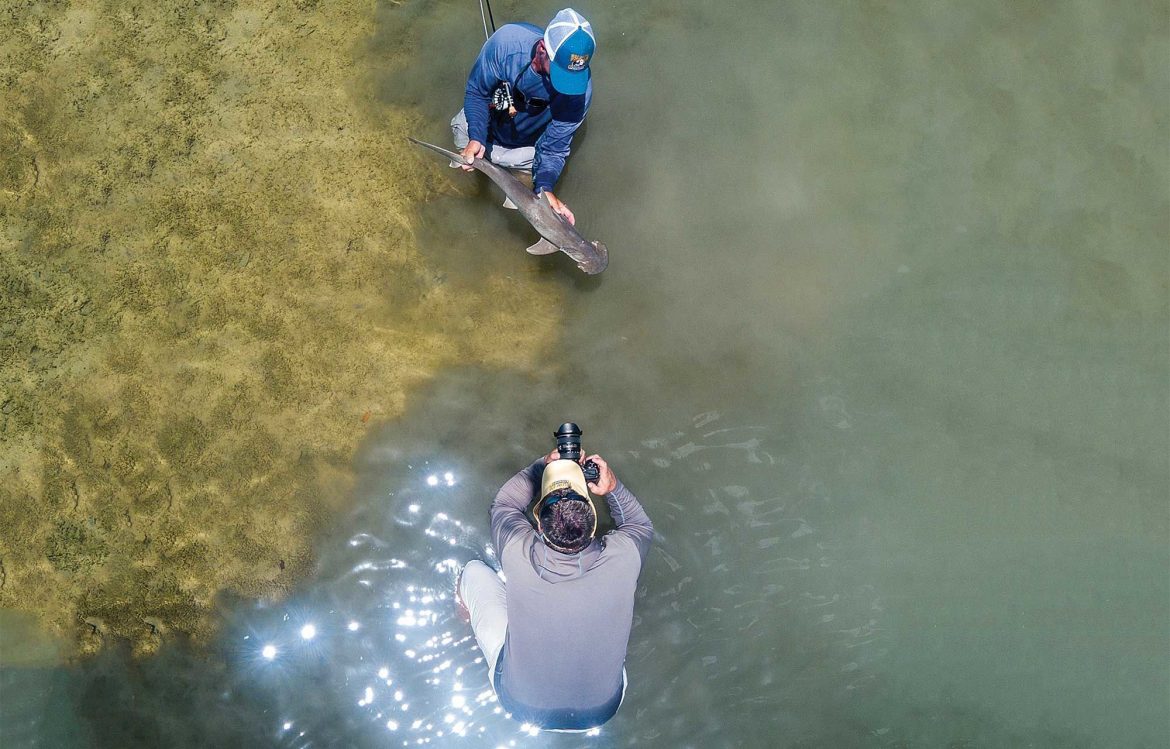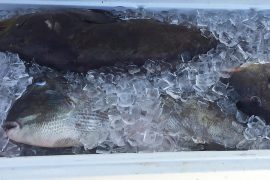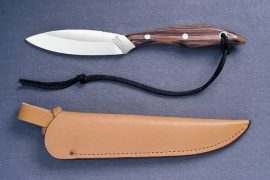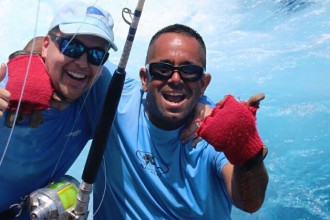
If you’re interested in consistently capturing pro-caliber images or simply looking to take a handful of fishing snapshots during an outing, here are a few essential things to keep in mind.
Play Video
Play
Loaded: 0%
Progress: 0%
Remaining Time -0:00
This is a modal window.
Foreground — White Black Red Green Blue Yellow Magenta Cyan — Opaque Semi-Opaque
Background — White Black Red Green Blue Yellow Magenta Cyan — Opaque Semi-Transparent Transparent
Window — White Black Red Green Blue Yellow Magenta Cyan — Opaque Semi-Transparent Transparent
Font Size 50% 75% 100% 125% 150% 175% 200% 300% 400%
Text Edge Style None Raised Depressed Uniform Dropshadow
Font Family Default Monospace Serif Proportional Serif Monospace Sans-Serif Proportional Sans-Serif Casual Script Small Caps
Defaults Done
Be Ready
It costs nothing to fire away and shoot anything and everything. Wayne Gretzky once said, “You miss 100 percent of the shots you don’t take,” which applies to photography just as much as it applies to hockey. The more you shoot, the more you learn, and over time, you’ll capture some great images.
A camera at the ready is a camera that will be used. When a great shot opportunity presents itself, you don’t want to be digging for it in the bottom of a backpack or underneath the boat seat.


Outside the Box
We’ve all seen plenty of grip-and-grin photos: regular head-on shots of happy anglers posing with fish. While these shots can be fun mementos, they are rarely the shots that you end up hanging on your wall. Fishing photos can almost always be made better by setting up the shot creatively. Get down low in the water and shoot up, or climb to high ground or stand on the bow of the boat in order to shoot down. When shooting scenery, try doing it through branches, leaves or other structure to add elements to the foreground. Whenever the weather turns and things get nasty, try shooting the storm clouds, the steely gray light, or even the rain. If you want to add a different element to your photos, use a macro lens and capture the details: fingers tying on a hook, a well-stocked fly or lure box, or a close-up of a dorsal fin or tail. Imagine shooting a complete essay that tells an overall story; it will help you envision additional shots with a different focal point or shooting angle.


The Right Stuff
When it comes to capturing great photos, the first step is to simply shoot, which means taking advantage of what you already have. Don’t ever let what you don’t have keep you from shooting. There are many levels of equipment these days, and much like fishing gear, entry-level and midrange cameras and lenses have only gotten better. Regardless of how expensive your camera and lenses are, do yourself a favor and learn your gear inside and out. Read the manual and study your camera’s capabilities and features. These days, you’ll be amazed at the things a camera can do.

Consider Composition
Composition is key to great images. Take a moment to think about your shot and try to set things up to look good. If you’re shooting your buddy holding the fish of a lifetime, and there’s an old tire or a pile of garbage on the bank behind him, shift your angle so the distraction is not in the frame. If he’s wearing a goofy, floppy hat and a pair of goggle-size glasses, tell…





